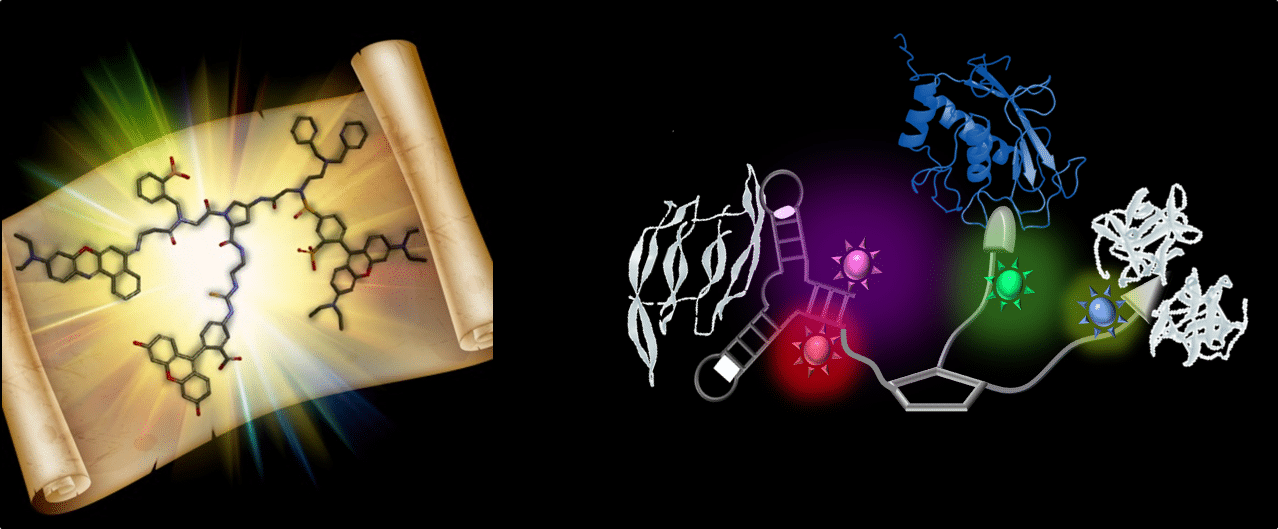
ICS Young Scientist Prize
Molecules that Generate ‘Fingerprints’: A New Class of Fluorescent Probes for Chemical Biology and Cryptography
Our group has recently developed a new class of molecular sensors, termed ‘combinatorial fluorescent molecular sensors’, which mimic the function of cross-reactive sensor arrays (the so-called chemical “noses/tongues”).1-3 In this talk I will explain how these pattern-generating probes can be used to analyze specific populations of proteins in complex mixtures and within live cells. In addition, I will show how secret messages can be concealed within the emission spectra of these unimolecular analytical devices.4
Selected references:
[1] B. Rout, L. Unger, G. Armony, M. A. Iron and D. Margulies, Angew. Chem. Int. Ed. 2012, 21, 12477-12481.
[2] B. Rout, P. Milko, M. A. Iron, L. Motiei and D. Margulies, J. Am. Chem. Soc. 2013, 135, 15330-15333.
[3] B. Rout, L. Motiei and D. Margulies, Synlett 2014, 25, 1050-1054.
[4] T. Sarker, K. Selvakumar, L. Motiei, D. Margulies, Nat. Commun. 2016, 7, 11374-11382.


Powered by Eventact EMS